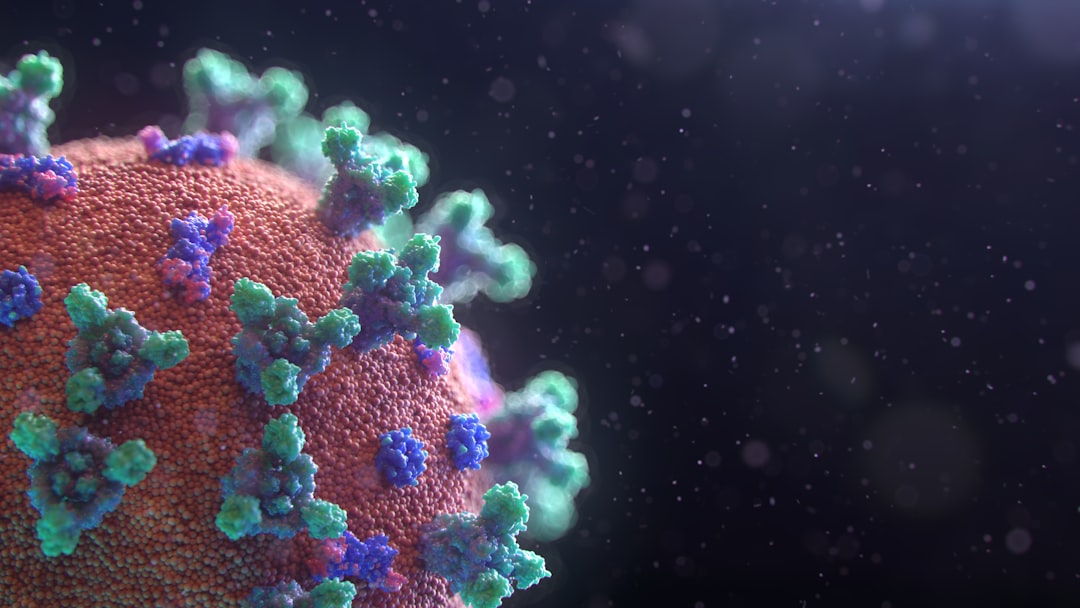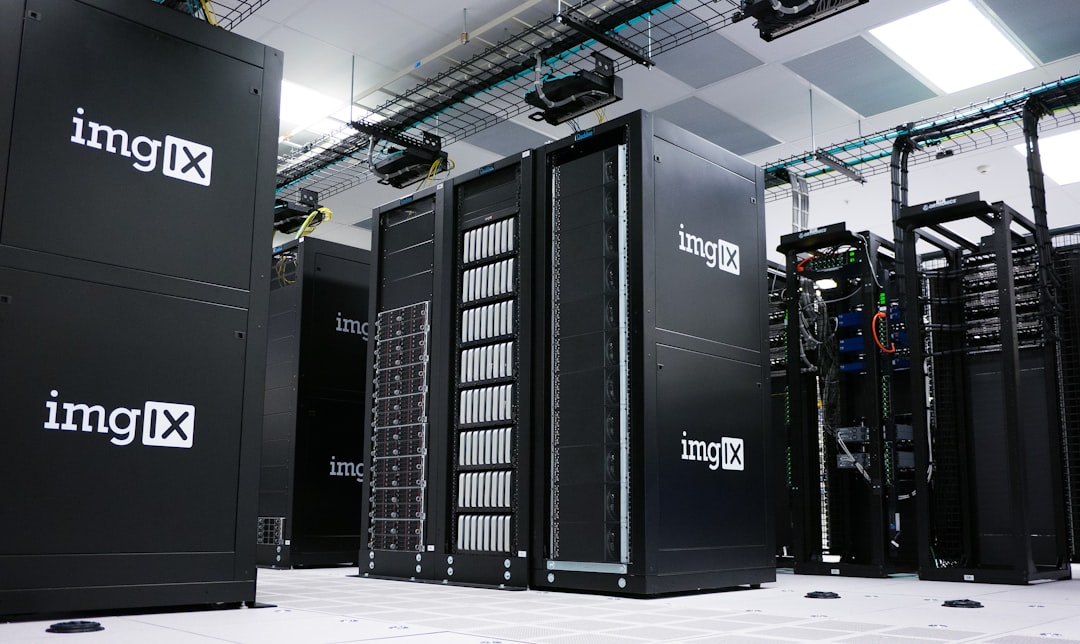What is it about?
South Korea is a major producer of light emitting diode (LED) material, contributing 31 % of total LED demand worldwide, also a major consumer of electronics devices. During manufacturing and after end of life (EOL) of the consumer electronics significant amount of GaN bearing waste is being generated. As the Republic of Korea depends upon import of all mineral commodities, under the national policy of securing a stable supply, much attention has been paid to the notion of “urban mining”. The stringent international environmental directive for recycling of waste electrical and electronic equipment (WEEE), United Nations Environment Programme (UNEP) E-Waste Management goal, restriction of the use of hazardous substances in EEE (RoHS), and extended producer responsibility (EPR) has made recycling an important responsibility. Recovery of the gallium from GaN bearing waste can be a promising feasible option; simultaneously from the waste, the wealth can be generated. As GaN is a refractory material, which is hard to leach for the recovery process, needs a chemical pretreatment. In the current study, thermodynamics of GaN oxidation and oxidative roasting using Na2CO3 has been studied. Thermodynamics feasibility for leaching of oxidized GaN either through acidic leaching or through alkali leaching has been explored.
Featured Image
Why is it important?
The GaN a refractory material can be recycled through high temperature oxidation or through oxidative roasting, followed by acidic leaching or basic leaching. Ellingham diagram constructed for oxidation and oxidative roasting using Na2CO3 suggest that thermodynamically feasibility of the process. The phase diagrams constructed based on TGA study validate the oxidative roasting and oxidation of the GaN to Ga2O3, which is ultimately can be recycled through leaching followed by extraction and recovery. The Pourbaix diagrams analyzed through our study suggest that the commonly used mineral acids in the industry can leach Ga2O3 or NaGaO2. Even alkali leaching is also a feasible option to leach GaN for gallium recovery. Our current report suggests possible recycling of GaN and recovery of gallium through oxidative roasting followed by leaching- extraction-recovery process.
Perspectives
The GaN a refractory material can be recycled through high temperature oxidation or through oxidative roasting, followed by acidic leaching or basic leaching. Ellingham diagram constructed for oxidation and oxidative roasting using Na2CO3 suggest that thermodynamically feasibility of the process. The phase diagrams constructed based on TGA study validate the oxidative roasting and oxidation of the GaN to Ga2O3, which is ultimately can be recycled through leaching followed by extraction and recovery. The Pourbaix diagrams analyzed through our study suggest that the commonly used mineral acids in the industry can leach Ga2O3 or NaGaO2. Even alkali leaching is also a feasible option to leach GaN for gallium recovery. Our current report suggests possible recycling of GaN and recovery of gallium through oxidative roasting followed by leaching- extraction-recovery process.
Dr Basudev Swain
Institute for Advanced Engineering (IAE)
Read the Original
This page is a summary of: Recycling of GaN, a Refractory eWaste Material: Understanding the Chemical Thermodynamics, International Journal of Applied Ceramic Technology, September 2015, Wiley,
DOI: 10.1111/ijac.12473.
You can read the full text:
Contributors
The following have contributed to this page










